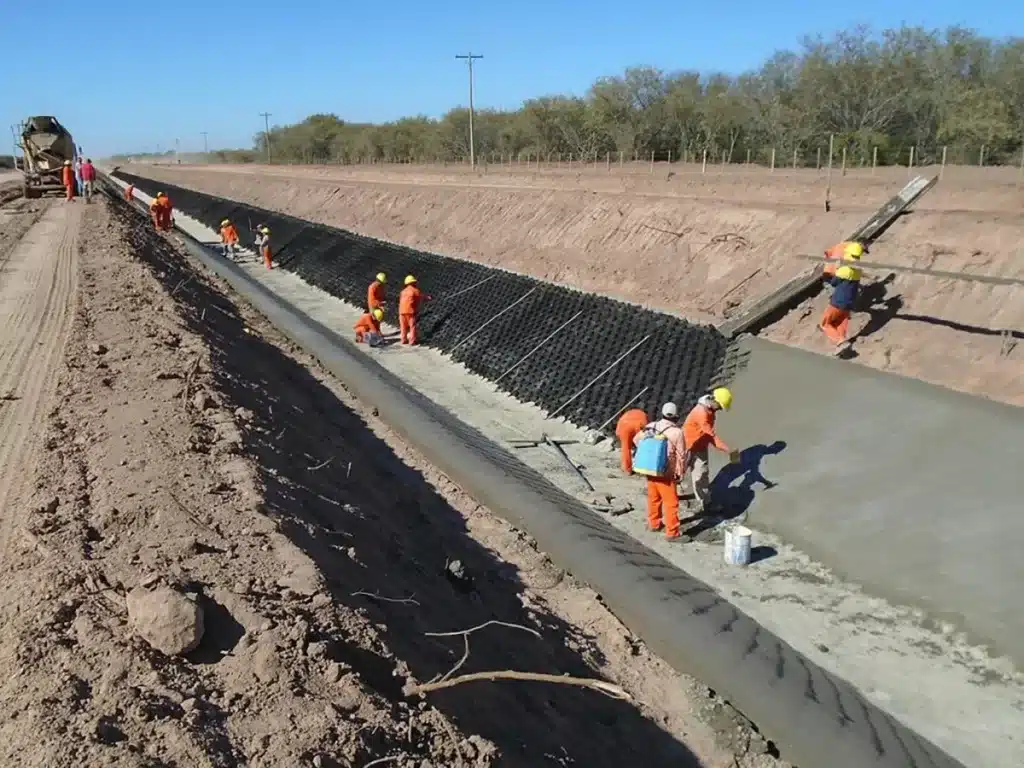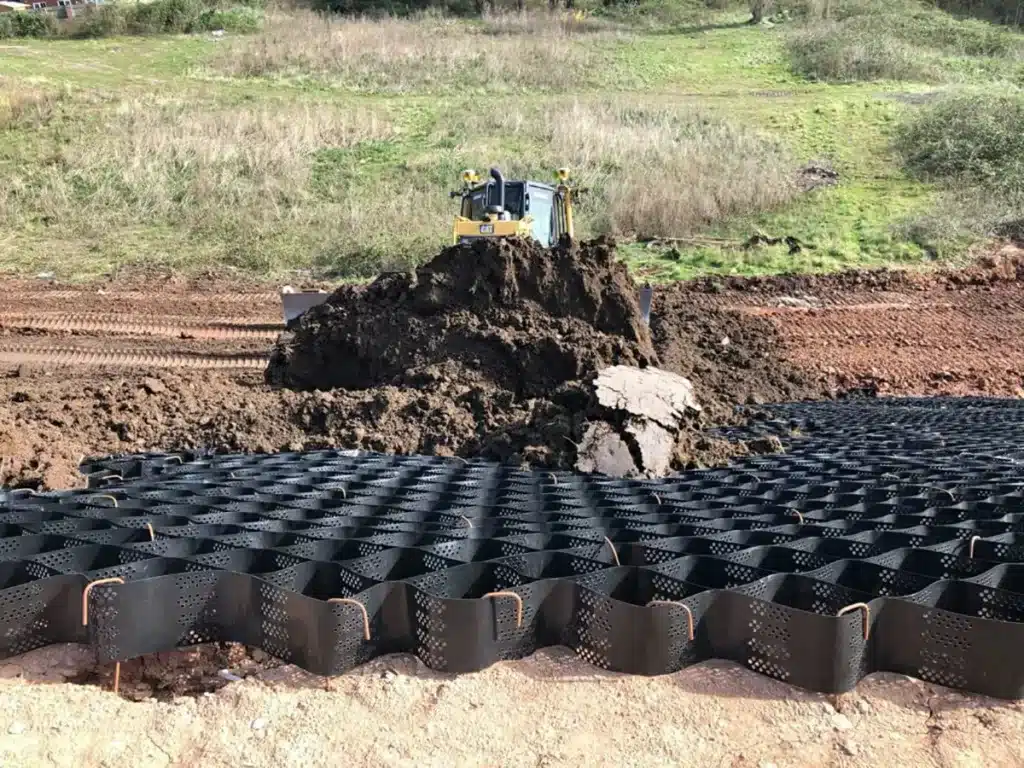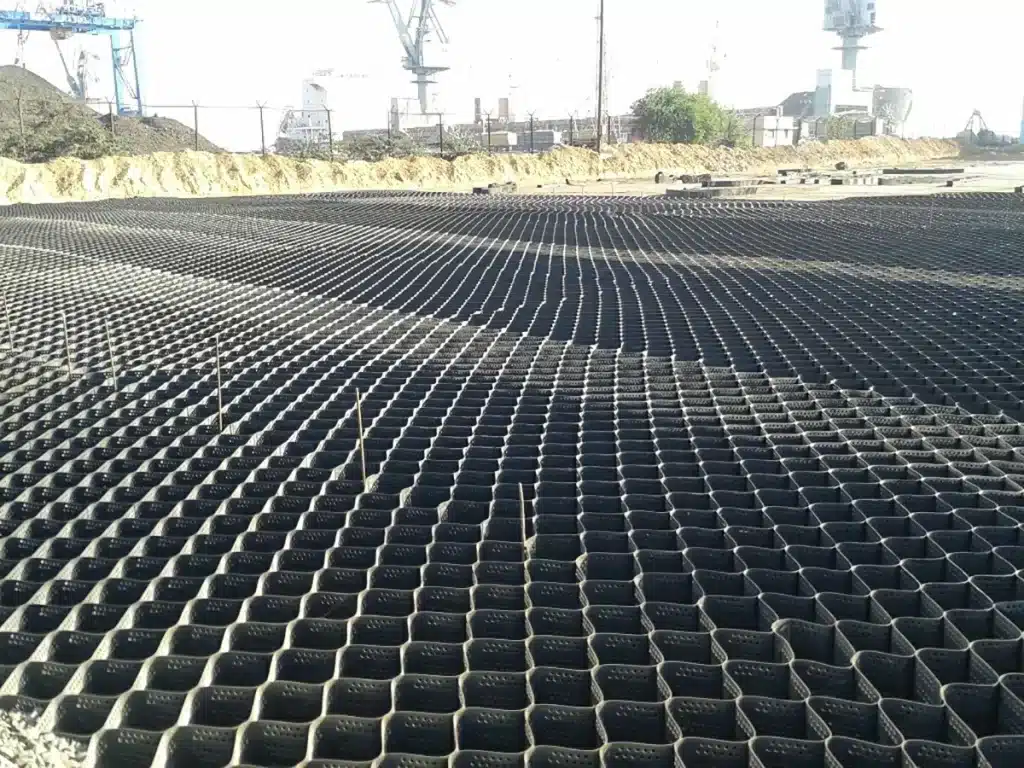+86-159 9860 6917
info@geofantex.com
geofantex@gmail.com
+86-400-8266163-44899
In civil engineering and environmental conservation, geocells have emerged as a revolutionary solution for combating land erosion. This article delves into what geocells are, how they work, their installation process on slopes, and their significant role in erosion control.
What are geocells for erosion control?
Geocells are three-dimensional honeycomb-like structures made from durable materials such as high-density polyethylene (HDPE). They are designed to confine and reinforce soil, providing stability to slopes and surfaces prone to erosion. A geocell grid provides a better alternative to stone pitching or mulch mats for steep slopes, as it effectively distributes weight and prevents soil displacement, thereby reducing erosion caused by water runoff.

What is the Geocell method?
The Geocell method involves deploying these cellular confinement systems over vulnerable soil surfaces to create a reinforced structure, which is a soil reinforcement technique. This method utilizes the strength of interconnected cells to enhance soil stability and prevent erosion.
How do geocells work?
Geocells function by confining and stabilizing soil within their interconnected cells, which form a three-dimensional cellular structure that can be filled with soil, gravel, or other materials to stabilize steep slopes and prevent erosion. When installed, they distribute load forces more evenly, reducing erosion caused by water runoff and reinforcing the integrity of the underlying soil.
How do you install geocell on a slope?
Installing geocells on a slope involves several key steps:
- Site Preparation: Clear the area and ensure the slope is properly graded.
- Geocell Placement: Unfold and position the geocells over the designated area, ensuring they interlock correctly.
- Anchoring: Secure the geocells using stakes or anchors to prevent movement.
- Fill Material: Fill the cells with appropriate soil or aggregate, compacting it as necessary to achieve desired stability.
Geocells represent a cutting-edge solution in erosion control, offering both structural reinforcement and environmental benefits. By understanding their purpose, method of application, functionality, and installation process, civil engineers and environmentalists can effectively harness their potential to mitigate erosion and preserve landscapes for future generations.



Get Free Sample
We’ll respond as soon as possible(within 12 hours)






















